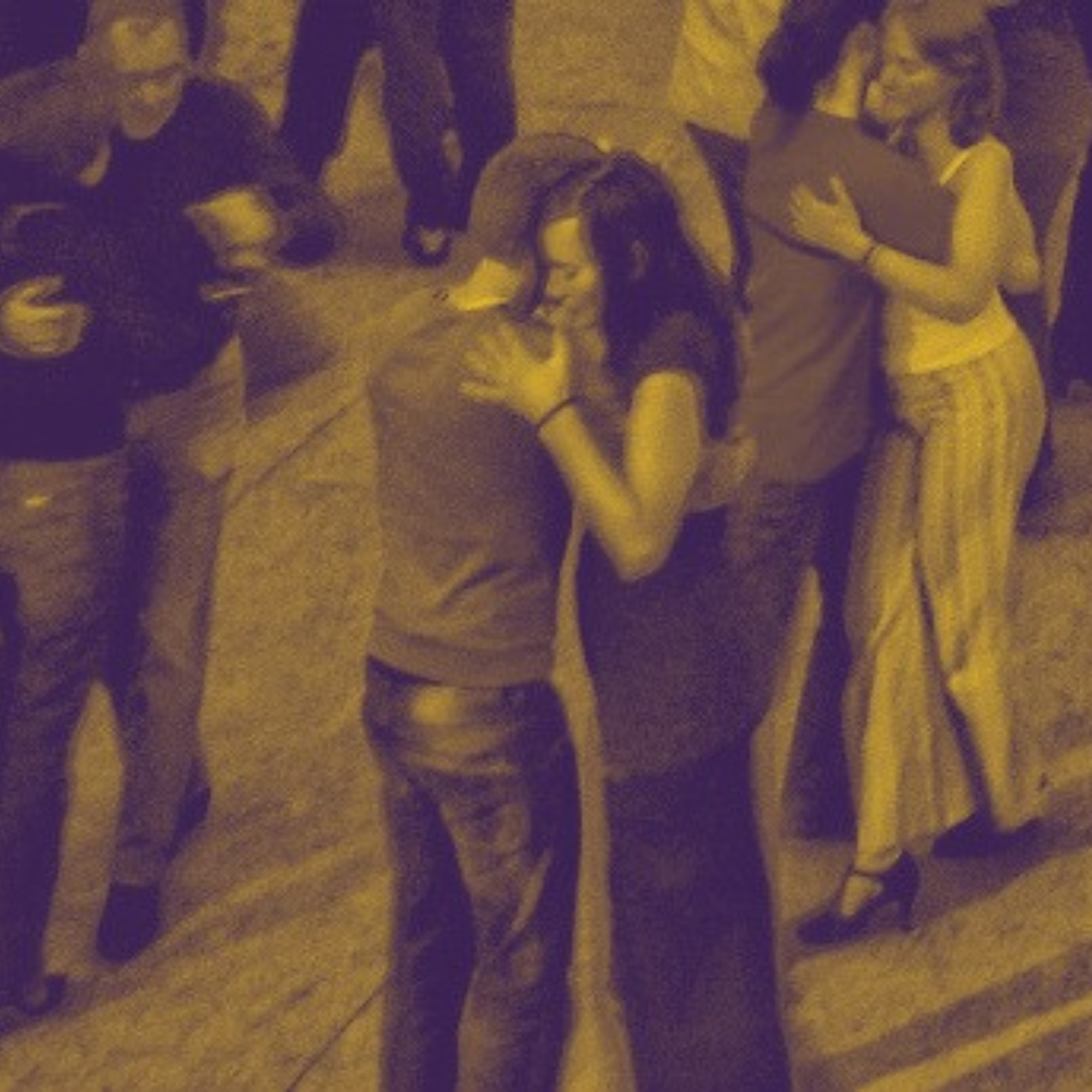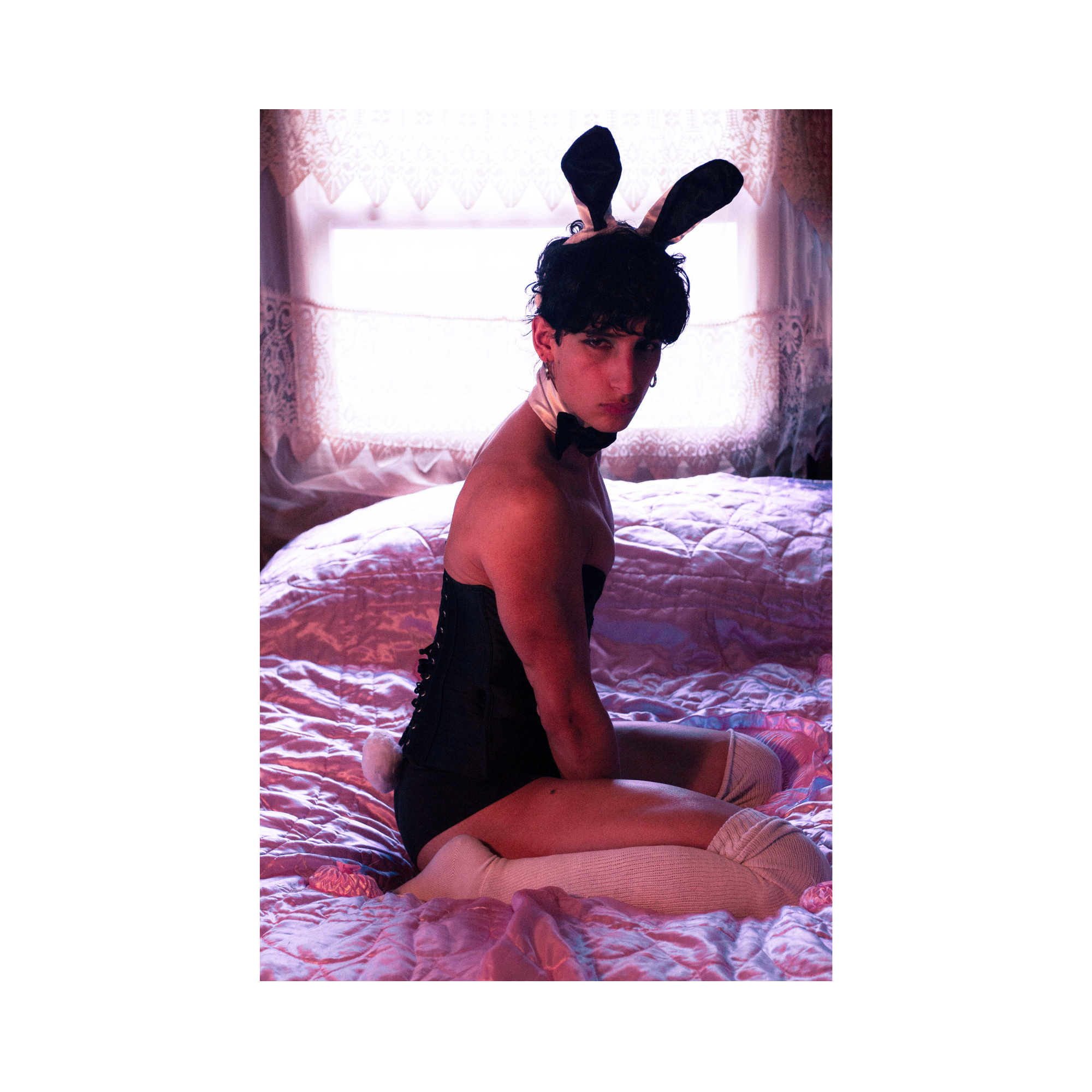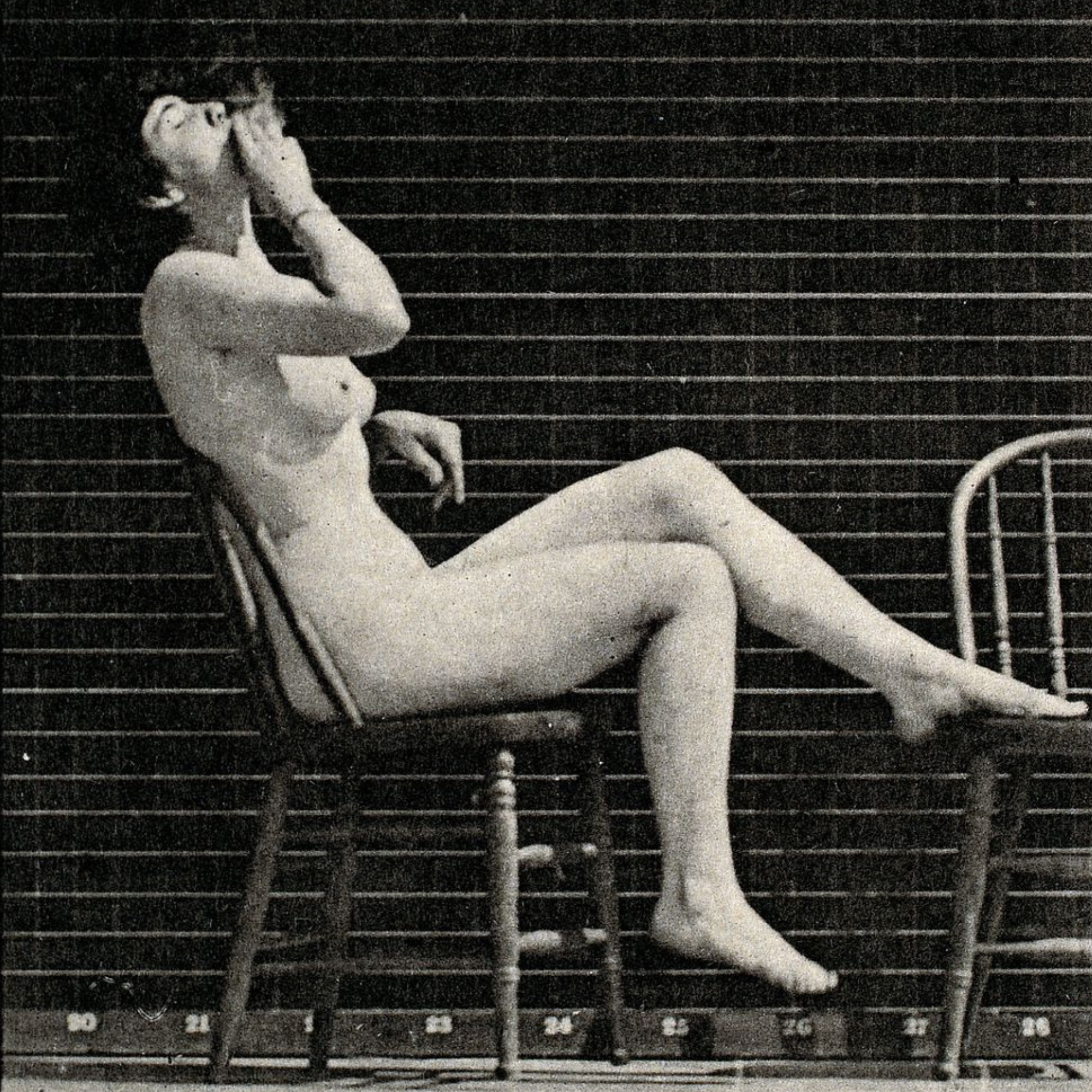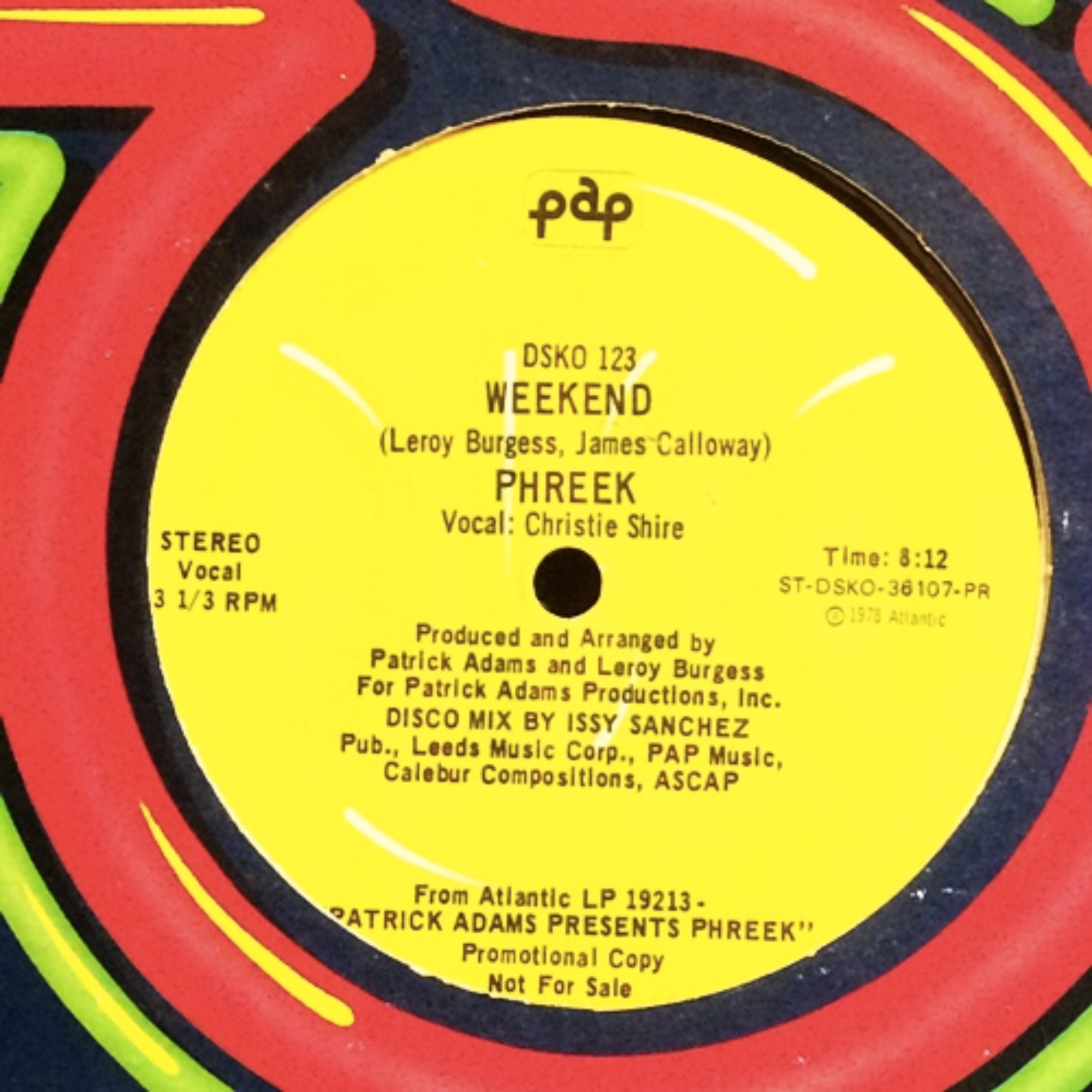Jocelyn Silver on a funny pocket of nightlife.
On Thursday, October 26th, 2000, two feet firmly planted in the new millennium, Tao opened on 58th and Madison in Manhattan. Restaurateurs Richard Wolf and Noah Tepperberg transformed a vast Midtown movie theater (originally built as a carriage house for the Vanderbilts) into a “pan-Asian” (their words) lounge, with red booths, low lighting, rock gardens, and an abundant collection of scrolls. Guests dined on dishes like “Hoisin explosion chicken,” Chilean sea bass satay, and lobster dumplings beneath a sixteen-foot high Buddha statue, a serene expression fixed on his face in contrast to the restaurant’s earsplitting din. As food writer William Grimes wrote in a 2001 New York Times Diner’s Journal column, “Tao is not so much a restaurant as a nonstop party interrupted by funny food.” His meal concluded with a fortune cookie that read ''Hold on to your secrets but release your inhibitions.”
The place was a hit. And thus the contemporary American clubstaurant was born.
The clubstaurant is a funny pocket of nightlife. A portmanteau of club and restaurant, they are generally cavernous places where people gather to eat overpriced bites and get drunk on extremely overpriced liquor while music blares and bottle girls bop around with sparklers. The formula caters to celebrities, finance guys, models, loyal Hervé Leger customers, and men with their shirts unbuttoned below the chest. It works—the Tao Hospitality Group now owns 80 restaurants, clubs, lounges, and “daylife venues.” In addition to the Tao locations (all featuring so many Buddha statues that Wolf has thrown his back out while trying to bring them inside), the Tao Group also owns numerous name-brand venues, including but not limited to LAVO, Beauty & Essex, Hakkasan, and Marquee. Throughout the 2010s, Tao Las Vegas was cited as the highest-grossing restaurant in America. Kim Kardashian has celebrated several birthdays there.
Like pornography, you know a clubstaurant when you see it.
Since time immemorial, there have been countless restaurants in major cities where the scene is more celebrated than the food, even when it’s good. No one remembers Max’s Kansas City for the steak. People have always gone to places like Lucien (as far as downtown French bistros go, I’d rather eat at Raoul’s, where sometimes they have a fortune teller), The Odeon, Indochine, Musso & Frank, et cetera, for a good time and to see and be seen and have a stiff cocktail. There are vibes restaurants where the food is entirely beside the point (Fannelli’s), restaurants that turn into late night party venues, sans food (RIP China Chalet), restaurants that both serve delicious cuisine and function as a place to crane your neck to see who’s there (an alleged cat-murdering scandal can’t stop Horses). But no matter how raucous these establishments get, they are not clubstaurants, which are bigger, both more and less exclusive, and more likely to feature the stylings of Marshmello. Sam Sifton’s 2010 LAVO review summed up the general vibe of most clubstaurants succinctly: “The E-Trade baby gets a Balthazar all his own.” Like pornography, you know a clubstaurant when you see it.
American clubstaurants are generally clustered in Miami, Las Vegas, Los Angeles (especially West Hollywood), and Manhattan. Jonathan Cheban and Drake like them a lot, as do TikTok influencers, who were really into LA’s BOA Steakhouse for a while. The aesthetic varies, but is always glitzy and glossy—The Nice Guy in West Hollywood “pays homage to a decadent era of Mafia bars and restaurants;” Delilah, also in WeHo and owned by the same restaurant group, h.wood, features velvet furniture, art deco chandeliers, and servers in tuxes; one enters Beauty & Essex’s Lower East Side location through a faux pawn shop. There are a few clubstaurants where the food is actually good—at least for a time—like Stephen Starr’s Buddakan. The music is always so loud that dinner conversation is basically impossible, which is maybe why celebrities from A to D-List like them so much—Selling Sunset’s Chrishell Stause recently penned an ode to LAVO’s WeHo location in Interview, getting particularly excited about the risotto served tableside out of a wheel of cheese. You can watch TikToks of people throwing up outside LAVO brunch in Manhattan.
Even though clubstaurants are still popular around the country, with more elegant venues like Delilah taking the mantle from all the Buddha places, I still tend to think of clubstaurants as firmly rooted in the 2000s, perhaps because of their reliance on Swedish House Mafia and all the messy mid-aughts paparazzi photos. But 2020s restaurant culture is headed somewhere worse. Member’s only restaurants and clubs, much sleeker and colder than SoHo House types, are popping up relentlessly in Manhattan, where the mayor is addicted to going to Zero Bond. Major Food Group, best known for the perpetually packed Carbone in Greenwich Village (the much-ballyhooed spicy rigatoni vodka is mid), opened ZZ’s Club in November, a 25,000 square-foot complex in Hudson Yards where membership costs a $20,000 initiation fee plus $10,000 in annual dues (food and drink are not included). My fanciest friend attended the opening, which featured seemingly unlimited servings of white truffle and caviar. She said the space was gorgeous, and full of the worst people imaginable. I’d rather step in a pile of puke outside LAVO.
|  | Nov 29, 2023 |
|
|  | Nov 30, 2023 |
|
|  | Nov 30, 2023 |
|
|  | Nov 30, 2023 |
|
|  | Jun 28, 2023 |
|
|  | Jun 14, 2023 |
|







